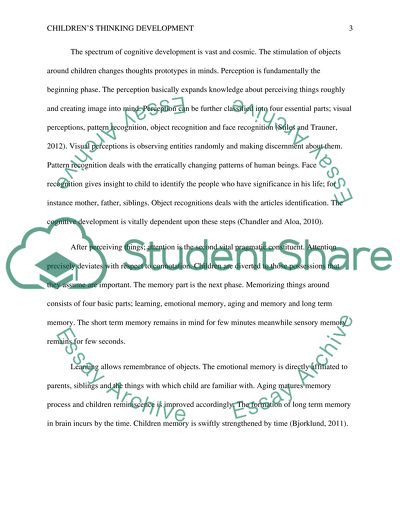Cite this document
(“Early childhood cognitive development Research Paper”, n.d.)
Retrieved from https://studentshare.org/sociology/1471832-early-childhood-cognitive-development
Retrieved from https://studentshare.org/sociology/1471832-early-childhood-cognitive-development
(Early Childhood Cognitive Development Research Paper)
https://studentshare.org/sociology/1471832-early-childhood-cognitive-development.
https://studentshare.org/sociology/1471832-early-childhood-cognitive-development.
“Early Childhood Cognitive Development Research Paper”, n.d. https://studentshare.org/sociology/1471832-early-childhood-cognitive-development.


